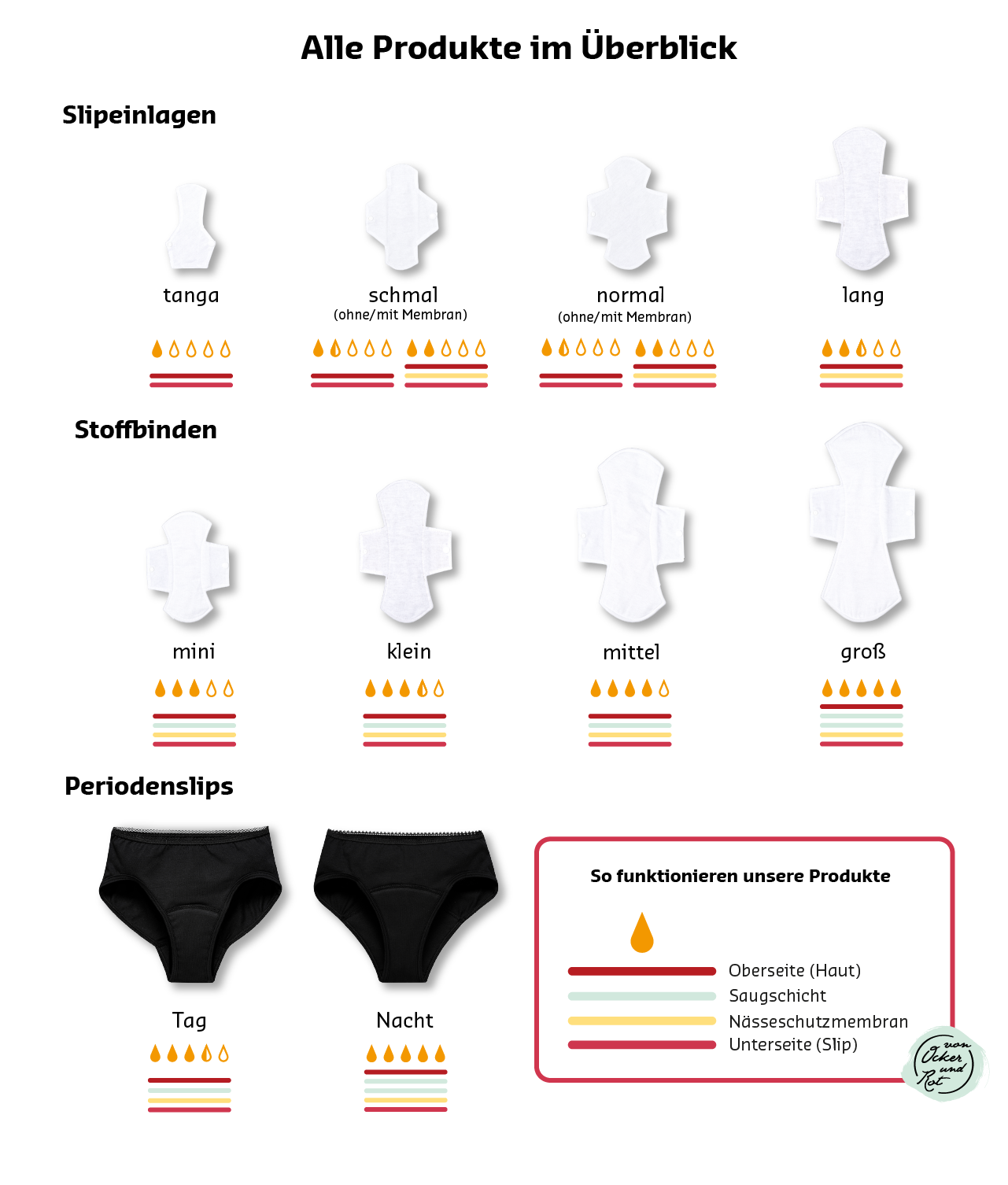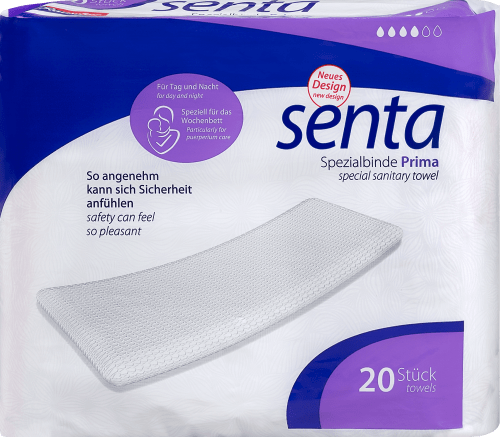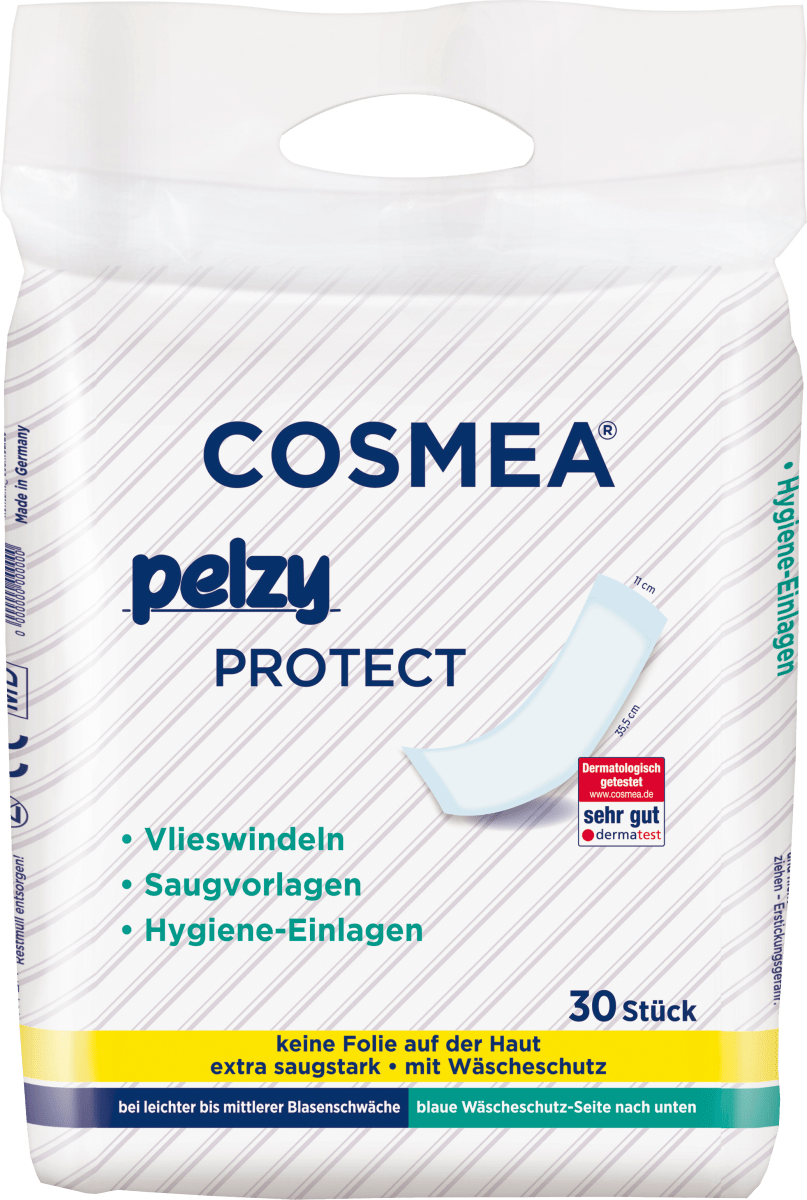
Fulidngzg Wochenbett Unterwäsche, Unterhosen Periodenslip High Waist Waschbare Slipeinlagen Menstruationsunterwäsche Hipster Slipeinlagen Seamless Periodenunterschwäsche Period Panties : Amazon.de: Fashion

The Female Company MammaBox I Survival-Kit für Mamas I 30x Bio-Wochenbett-Binden, 24x Große Bio-Binden, 30x Slipeinlagen, 1x Po-Dusche/Intim-Dusche : Amazon.de: Drogerie & Körperpflege

ROSSMANN babywelt - Thema: Inkontinenz.🗣 Das Schonen im Wochenbett und Rückbildungsübungen sind nach der Geburt unentbehrlich, um einer künftigen Blasenschwäche oder Inkontinenz vorzubeugen und um den Beckenboden "in Form" zu bringen. Nicht

The Female Company MammaBox I Survival-Kit für Mamas I 30x Bio-Wochenbett-Binden, 24x Große Bio-Binden, 30x Slipeinlagen, 1x Po-Dusche/Intim-Dusche : Amazon.de: Drogerie & Körperpflege

purpurtage.com - Set für Wöchnerinnen mit 20 Stück,, Stoffbinden, waschbare Binden, Baumwollbinden, alternative Menstruationsprodukte, waschbare Damenbinden, Frauengesundheit, Menstruationshygiene

Wochenbett Slipeinlagen Always Binden neu in München - Bogenhausen | eBay Kleinanzeigen ist jetzt Kleinanzeigen

Slipeinlagen Wochenbett/ Wöchnerinnen Einlagen in Ramersdorf-Perlach - Ramersdorf | Zu verschenken | eBay Kleinanzeigen ist jetzt Kleinanzeigen

Wochenbett Slipeinlagen Pants Häschen neu Periode in Nürnberg (Mittelfr) - Röthenbach b Schweinau | eBay Kleinanzeigen ist jetzt Kleinanzeigen

Fulidngzg Wochenbett Unterwäsche, Femdisc Periodenscheibe Waschbare Slipeinlagen Periodenunterschwäsche Starke Blutung Menstruationsunterwäsche Periodenslip High Waist Unterhosen Period Panties : Amazon.de: Health & Personal Care




















